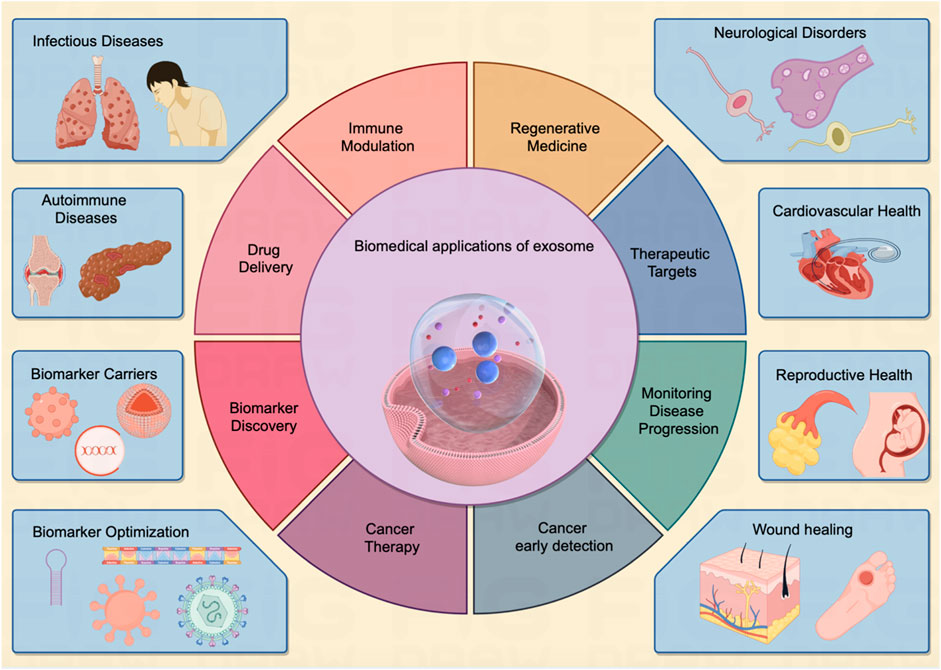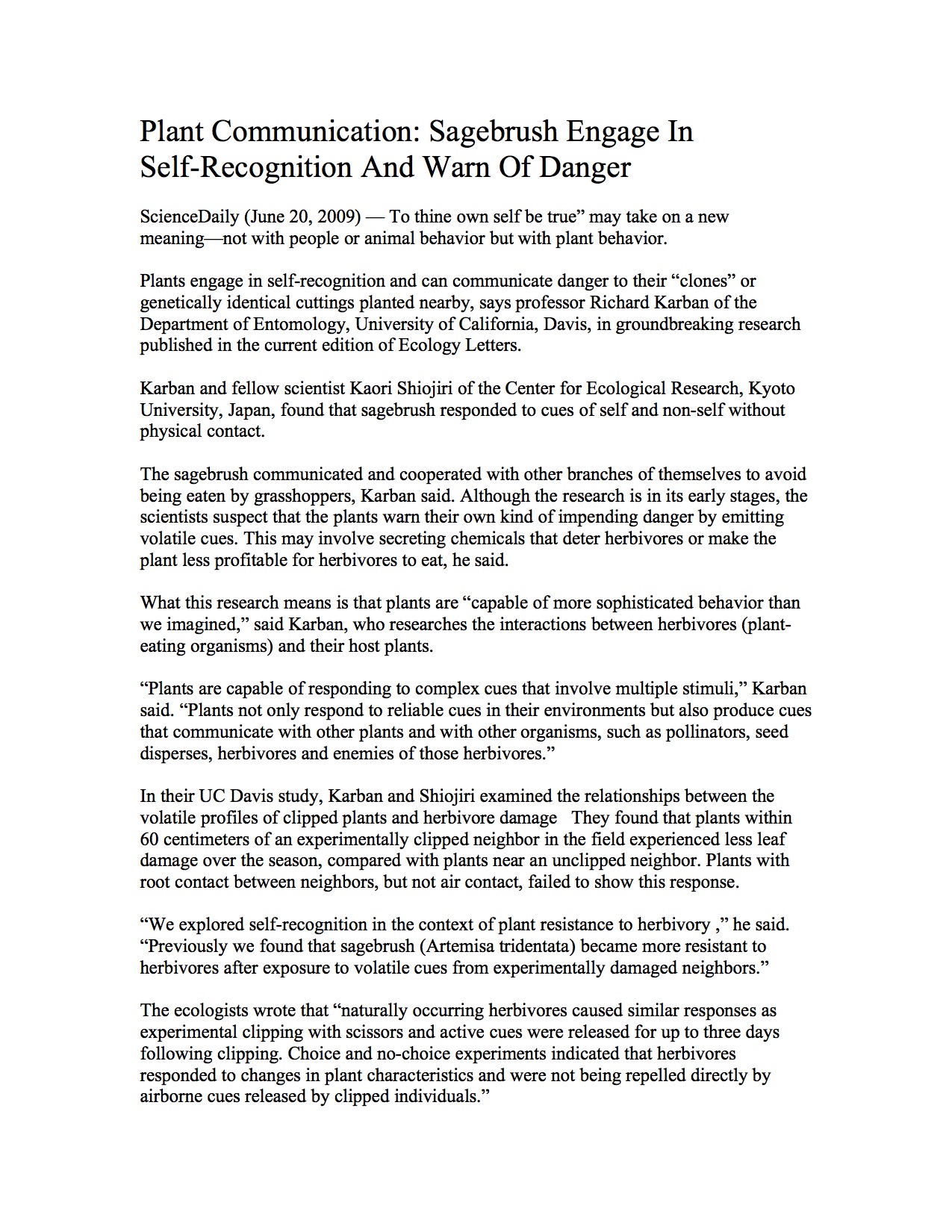Report on Hormonal Contraceptives and Cancer Risk in the Context of Sustainable Development Goals
Introduction: Aligning Reproductive Health with SDG 3 and SDG 5
Hormonal contraceptives are fundamental tools for achieving Sustainable Development Goal 3 (Good Health and Well-being) and SDG 5 (Gender Equality), specifically by supporting Target 3.7, which ensures universal access to family planning and reproductive health services. An evidence-based understanding of the associated cancer risks and benefits is critical for empowering women (SDG 5) and reducing premature mortality from non-communicable diseases like cancer (SDG 3.4). This report analyzes the complex risk-benefit profile of hormonal contraceptives, synthesizing findings from major epidemiological studies.
Analysis of Cancer Risk and Protective Effects: A Direct Impact on SDG 3
Increased Short-Term Risk for Breast Cancer
Recent research, including a significant UK nested case-control study, highlights a temporary increase in breast cancer risk associated with hormonal contraceptive use, a key consideration for SDG 3.4. The findings indicate:
- Current or recent use of any hormonal contraceptive method was associated with a 20% to 30% relative increase in breast cancer risk for women under 50.
- This risk applies to combined oral contraceptives, progestagen-only pills, injectables, implants, and intrauterine devices (IUDs).
- The absolute excess risk is age-dependent. Over a 5-year period, the estimated excess risk is:
- 8 cases per 100,000 users aged 16-20.
- 265 cases per 100,000 users aged 35-39.
- This elevated risk is transient, declining and returning to baseline levels within 10 to 15 years after discontinuation.
Substantial Long-Term Protection Against Ovarian and Endometrial Cancers
Conversely, hormonal contraceptives offer significant and durable protection against other cancers, directly contributing to the targets of SDG 3. This protective effect is a crucial component of public health strategy.
- Ovarian and Endometrial Cancer Reduction: Large meta-analyses confirm that use is associated with a 40% to 50% reduced risk of both ovarian and endometrial cancers.
- Enduring Protection: This risk reduction persists for at least 20 to 30 years after cessation. A meta-analysis involving over 27,000 women found that each 5-year period of use was linked to a 24% lower risk of endometrial cancer.
- Long-Term Use Benefit: The Nurses’ Health Study II demonstrated a nearly 57% lower risk for endometrial cancer among women who used contraceptives for over 10 years.
Strategic Recommendations for Health Systems to Advance SDGs
Empowering Women Through Informed Choice (SDG 3 & SDG 5)
To ensure that contraceptive access fully supports gender equality and well-being, healthcare systems must prioritize patient education and informed decision-making. Pharmacists and other healthcare providers play a vital role in this process.
- Communicate Absolute vs. Relative Risk: Clearly explain that while the relative risk of breast cancer increases by 20-30%, the absolute excess risk remains low, particularly for younger women. Visual aids and age-specific charts can effectively illustrate this nuance.
- Highlight Long-Term Benefits: Emphasize the durable and clinically significant protective effects against ovarian and endometrial cancers, framing contraceptive use within a long-term health and cancer prevention strategy.
- Individualized Risk Assessment: Screen for contraindications and co-risk factors such as smoking, hypertension, and coagulation disorders to ensure contraceptive selection aligns with each patient’s overall health profile, a core principle of quality healthcare under SDG 3.
System-Level Actions for Integrated Care
Achieving SDG 3 requires robust health systems that integrate reproductive health with broader preventative care.
- Develop Standardized Educational Materials: Create clear, evidence-based materials that present the short-term trade-offs and long-term benefits of contraceptive use.
- Leverage Health Technology: Incorporate alerts into electronic medical records to prompt for necessary cervical and breast cancer screenings and risk assessments for contraceptive users.
- Foster Inter-professional Collaboration: Enhance communication between pharmacists, ob-gyns, and primary care providers to ensure contraceptive planning is aligned with comprehensive cancer risk reduction strategies.
Conclusion: A Balanced Approach for Sustainable Health Outcomes
The evidence confirms that both combined and progestagen-only hormonal contraceptives are associated with a slight, time-limited increase in breast cancer risk. However, they also provide powerful, long-lasting protection against ovarian and endometrial cancers. By equipping healthcare providers with accurate information and empowering women to make informed choices, health systems can effectively leverage hormonal contraceptives to advance reproductive autonomy (SDG 5) while simultaneously contributing to the reduction of cancer mortality and the promotion of long-term health and well-being (SDG 3).
SDGs Addressed in the Article
SDG 3: Good Health and Well-being
- The article is fundamentally about health, focusing on the complex relationship between hormonal contraceptives and the risk of non-communicable diseases, specifically various types of cancer (breast, cervical, ovarian, and endometrial). It discusses health outcomes, risk factors, and the role of healthcare professionals (pharmacists) in patient education and care, all of which are central to SDG 3.
SDG 5: Gender Equality
- The article touches upon SDG 5 by emphasizing women’s health and reproductive rights. The conclusion highlights the importance of guiding women toward “informed contraceptive choices that prioritize both reproductive autonomy and long-term health.” This focus on informed decision-making and control over one’s reproductive health is a key component of empowering women, a central goal of SDG 5.
Specific SDG Targets Identified
Target 3.4: Reduce by one-third premature mortality from non-communicable diseases through prevention and treatment.
- The article directly addresses this target by analyzing how hormonal contraceptives act as both a risk factor and a protective measure for different cancers, which are major non-communicable diseases (NCDs). It discusses the “20% to 30% relative increase in breast cancer risk” as well as the “40% to 50% reduced risk of both ovarian and endometrial cancers.” This information is crucial for cancer prevention and treatment strategies.
Target 3.7: Ensure universal access to sexual and reproductive health-care services, including for family planning, information and education.
- This target is central to the article. Hormonal contraceptives are described as being “widely used for reproductive health and family planning.” The article heavily emphasizes the “information and education” component, detailing strategies for pharmacists to communicate risks and benefits, develop patient education materials, and ensure contraceptive planning aligns with broader health considerations.
Target 5.6: Ensure universal access to sexual and reproductive health and reproductive rights.
- The article supports this target by focusing on the need for comprehensive information to enable women’s “reproductive autonomy.” By equipping pharmacists to “guide women toward informed contraceptive choices,” the article advocates for a system where women have the necessary knowledge and support to exercise their reproductive rights effectively.
Indicators for Measuring Progress
Indicator 3.4.1: Mortality rate attributed to cardiovascular disease, cancer, diabetes or chronic respiratory disease.
- The article provides data that can be used as a proxy for this indicator. It quantifies the “absolute excess risks” of breast cancer, such as “8 cases per 100,000 users aged 16 to 20 years, and up to 265 per 100,000 at age 35 to 39 years.” It also notes the significant risk reduction for ovarian and endometrial cancers. These incidence and risk statistics are foundational for tracking and ultimately reducing mortality from cancer.
Indicator 3.7.1: Proportion of women of reproductive age (aged 15-49 years) who have their need for family planning satisfied with modern methods.
- The article implies this indicator by discussing the “current or recent use of any hormonal method, including combined oral contraceptives, oral progestagen-only pills, injectable progestagens, implants, and intrauterine devices (IUDs).” These are all “modern methods” of contraception. The entire discussion is based on the premise that a significant proportion of women use these methods to meet their family planning needs.
Indicator 5.6.1: Proportion of women aged 15-49 years who make their own informed decisions regarding sexual relations, contraceptive use and reproductive health care.
- This indicator is strongly implied through the article’s focus on patient education and informed consent. The section “Strategies for Pharmacists” is dedicated to ensuring women receive clear, evidence-based information to make “informed contraceptive choices.” The goal is to balance risks and benefits so that the choice of method “reflect[s] each patient’s health background and reproductive goals,” which is the essence of an informed decision.
Summary Table of SDGs, Targets, and Indicators
| SDGs | Targets | Indicators |
|---|---|---|
| SDG 3: Good Health and Well-being | Target 3.4: Reduce premature mortality from non-communicable diseases (NCDs). | Indicator 3.4.1 (Implied): Cancer incidence and risk rates. The article provides specific statistics on increased breast cancer risk (20-30%) and reduced ovarian/endometrial cancer risk (40-50%), which are measures of NCD prevention and risk. |
| Target 3.7: Ensure universal access to sexual and reproductive health-care services, information, and education. | Indicator 3.7.1 (Implied): Use of modern contraceptive methods. The article discusses various hormonal contraceptives (pills, injectables, IUDs) used for family planning. | |
| SDG 5: Gender Equality | Target 5.6: Ensure universal access to sexual and reproductive health and reproductive rights. | Indicator 5.6.1 (Implied): Women making informed decisions on contraceptive use. The article stresses the role of pharmacists in providing information to support “informed contraceptive choices” and “reproductive autonomy.” |
Source: pharmacytimes.com







